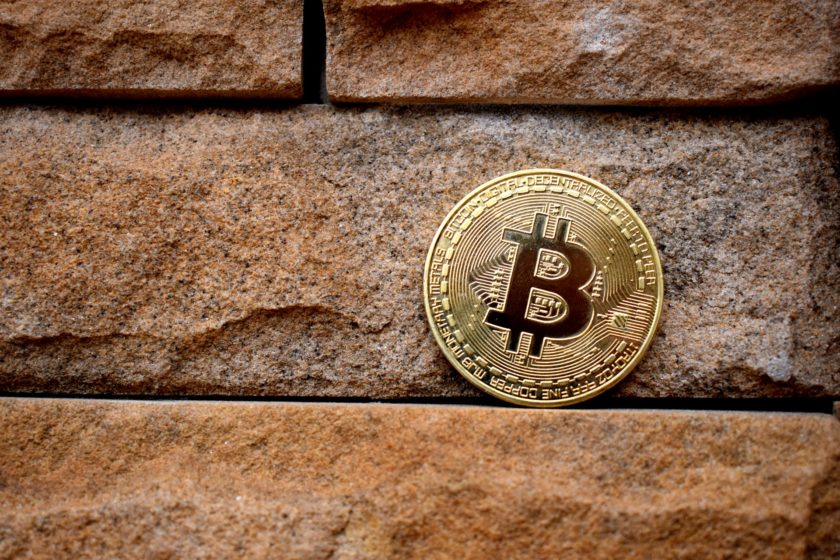Photo: Marco Verch / Flickr
According to the data from Coin Dance, China-based private entity BTC.TOP took over as much as 50.2% of the entire Bitcoin Cash network and contributed the hashrate of 679 Peta-Hash per second against other major competing pools including BTC.com (257 PH/s), ViaBTC (215 PH/s), AntPool (125 PH/s), and Bitcoin.com (187 PH/s).
While it could happen due to various factors, it did show how the BCH network is actually very prone to a 51% attack scenario as well as how centralized it is.
The Roger Ver-led blockchain project has been criticized by Bitpico before for failing a “stress test”. Evidence showed that 98% of all the Bitcoin Cash nodes were sitting on the same server rack which exposed the coin to seizures and security threats.
Moreover, Alex Simons, the identity division chief at Microsoft, recently found out that increasing block size was a threat to decentralization and solutions like Lightning Network.
He said:
“While some blockchain communities have increased on-chain transaction capacity (e.g. block size increases), this approach generally degrades the decentralized state of the network and cannot reach the millions of transactions per second the system would generate at world-scale.”
Just for a reminder, Bitcoin Cash, which forked from BTC in August 2017, was set to undergo its own hard fork in the middle of November. In anticipation of the free coins that would be produced in the split, investors began hoarding BCH, driving the price up double digits in the span of several days. However, rather than waiting until the split to occur, the market responded with uncertainty and confusion, leading to a sudden sell-off in BCH which plummeted the coin’s price. The severe correction for BCH extended to the majority of the market, leading Bitcoin and altcoins to suffer in the fallout.
The week that followed BCH’s hard fork, splitting the coin into Bitcoin ABC and SV, led to even more contention in the marketplace with the “hash war” that was spawned. The market responded predictably, falling to even lower prices and leading BTC to its worst month of losses in seven years.
According to a report out of Bloomberg, investors were stockpiling BTC just ahead of the most recent market crash in November, a movement that could have been catalyzed by the actions of Bitcoin Cash and its contentious hard fork from Bitcoin SV.
Bitcoin was showing signs of renewed popularity just before it suffered its worst monthly price drop of the year in November, according to data released Wednesday by researcher Chainalysis. It found Bitcoin’s 30-day moving average of flows to personal wallets was on the rise, surpassing $400 million by Nov. 1 from less than $300 million in June.
However, it seems quite obvious that the Bitcoin Cash team should upgrade their capability to ensure their network can’t easily be controlled by a single entity.
Since in a worst-case scenario, if mining pools decide to combine their hashrate output, they will be powerful enough to reverse confirmed transactions, prevent transactions’ confirmation or perform double spending, as how it happened with Bitcoin Gold last year.
As a reminder, Bitcoin Gold’s network experienced a 51% attack for a couple of days, during which the attackers successfully stole around $18 million worth of BTG tokens.
At the end of the last year, Bitcoin’s mining difficulty has dropped more than 9 percent as the fallout of the prolonged market rout continues. Despite a recent recovery that has taken bitcoin above $4,000, miners are still finding it difficult to remain profitable.




